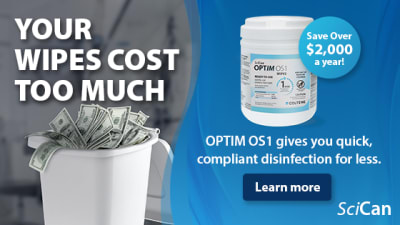The Adhesive Class IV Design-Minimal Preparation and Biomodification
Douglas A. Terry, DDS, and Ronit Antebi-Hadar, DMD
During the last half of the 20th century, adhesive surface preparation of the enamel and dentin (ie, acid etching, self etching) and composite resin technology have been introduced, which allow minimal invasive procedures without a standard geometric preparation form.1 Currently, the concept “prevention of extension” seeks to minimize the biologic cost to the natural tooth2 by combining prevention, remineralization, and minimal intervention for the replacement of natural tooth structure and/or restorations. This new philosophy has three objectives: to preserve the maximum integrity of the natural dentition, to conserve tooth structure during preparation of a restoration, and to increase the longevity of a restoration between replacements. These three modern dental strategies (preservation, conservation, and longevity) can be applied to the Class IV composite restoration of a fractured anterior tooth. The purpose of this article is to describe a conservative technique for restoring a fractured incisor using a minimal Class IV preparation design with a new-formulation single-component self-etch adhesive system (G-Bond™, GC America, Alsip, IL) and a small-particle composite resin (Gradia® Direct, GC America).
Self-Etch Technique
During the past several years, efforts have been made to eliminate the need for acid etching the cavity preparation before application of the dentin bonding agent. Two types (or categories) of bonding agents are used with the self-etching strategy: a two-component system (combined etching/priming solution and a bonding agent) or a single-component system (etching, priming, and bonding material).

Your wipes cost too much
The self-etching primer strategy leaves the smear layer in place. These dentin bonding systems are based on the infiltration and modification of the smear layer by an acidic monomer. The objective is to reinforce the bonding of the smear layer to the underlying dentin. These slightly acidic, hydrophilic primers penetrate the smear layer and achieve micromechanical and chemical bonding of the smear layer to the underlying dentin. This technique allows the simultaneous infiltration of the collagen fibers and decalcification of the inorganic component to the same depth in dentin, thereby minimizing the risk of not reinforcing part of the demineralized dentin. Additionally, this prevents the collapse of the collagen fibrils after conditioning and drying. The resin may slightly (0.1µm to 0.5µm) infiltrate the smear layer and the dentin and copolymerize.3
Empirical Data
Self-etch materials have been evaluated in numerous studies.4-11 Some of these studies indicate that enamel bonding with self-etch adhesives is as effective as enamel bonding after conventional phosphoric acid etching.6,7 Evidence of enamel leakage has been reported clinically in Class II and Class V composite restorations and in vitro in Class I and Class V restorations when a self-etch adhesive was used as a dentin-enamel adhesive.4,9,10,12 Other studies demonstrate that self-etch adhesives are effective on ground enamel, but less effective on intact enamel.8,13 A study by Perdigao and Geraldeli reported that commercial self-etch adhesives performed better on prepared enamel than on unprepared enamel. This study suggests that for all-in-one self-etch adhesives, instrumentation of unprepared enamel may be critical for their ability to bond to enamel.4 The authors suggest that it may be prudent to acid etch any peripheral enamel margins to minimize the potential of microleakage and enhance bond strength to enamel; however, it is important not to etch the dentin.
